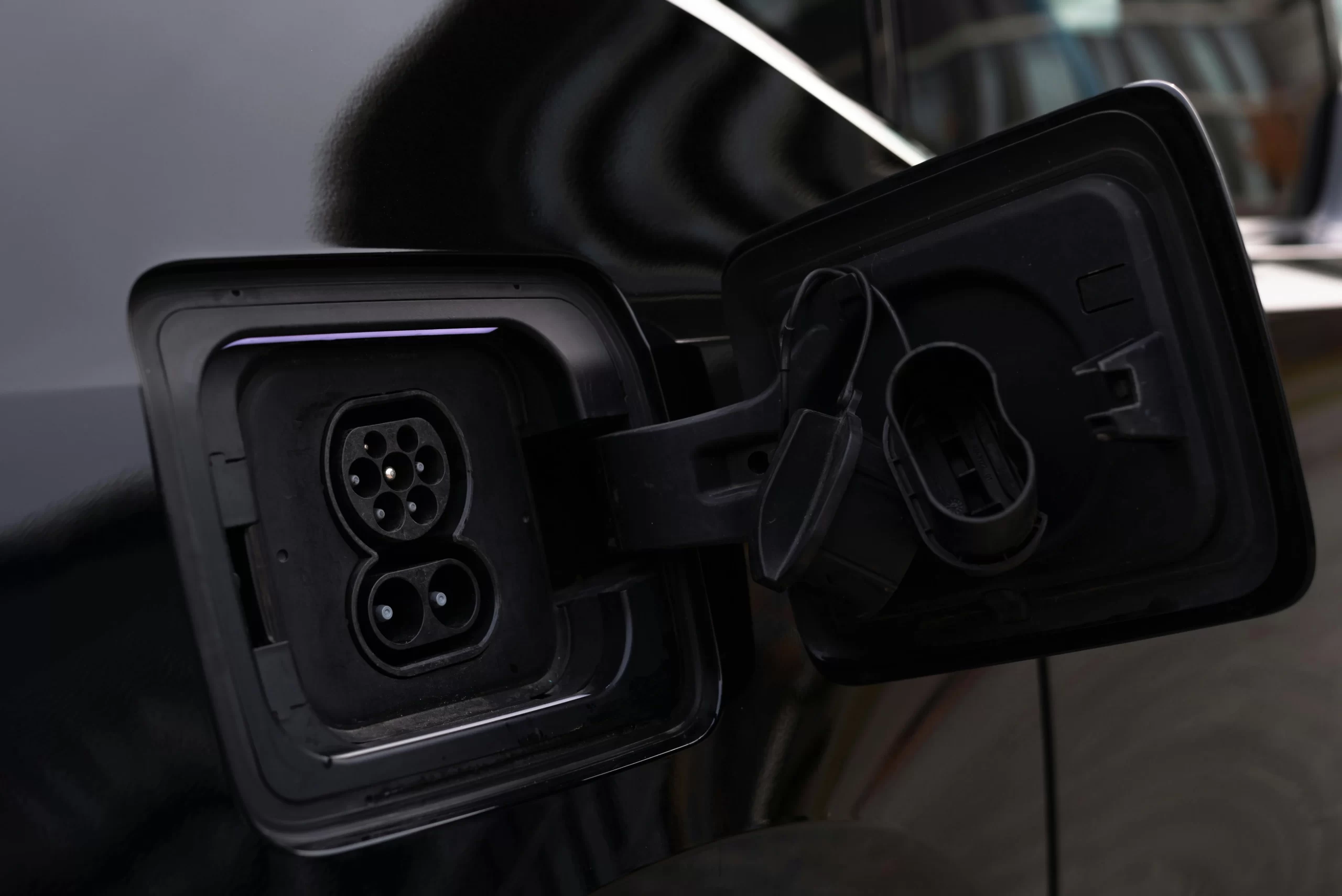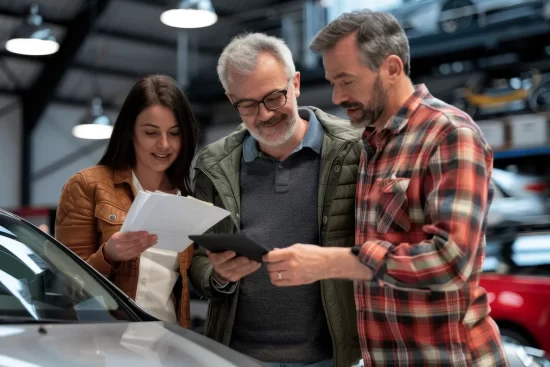
As electric vehicles (EVs) become more widespread, Vehicle-to-Grid (V2G) technology is emerging as a revolutionary way to integrate them into the energy ecosystem. Instead of just consuming electricity, EVs equipped with V2G can store and discharge power back to the grid, transforming them into mobile energy assets.
What Is Vehicle-to-Grid (V2G) Technology?
V2G enables bidirectional energy flow between an EV and the power grid. This means:
- Charging (grid → vehicle) during off-peak hours when electricity is cheap
- Discharging (vehicle → grid) during peak demand to stabilize the grid and earn money
Key Components of V2G Systems
- Bidirectional Charger – Unlike standard EV chargers, these allow two-way power flow.
- Smart Grid Integration – Communicates with utilities to optimize energy exchange.
- Battery Management System (BMS) – Protects the EV battery from excessive degradation.
How V2G Benefits EV Owners and the Grid
For EV Owners:
✅ Earn Money – Sell excess energy back to the grid during high-demand periods.
✅ Lower Energy Bills – Charge when rates are low, use stored power when prices spike.
✅ Emergency Backup Power – Power your home during outages (if paired with a home energy system).
For the Grid:
🔋 Balances Renewable Energy – Stores surplus solar/wind power and releases it when needed.
⚡ Reduces Peak Demand Strain – Helps avoid blackouts by supplying extra power during spikes.
🌍 Lowers Carbon Footprint – Optimizes renewable energy use instead of relying on fossil fuel plants.
Current V2G-Compatible EVs and Chargers
EVs Supporting V2G (2024)
- Nissan Leaf (one of the first with CHAdeMO bidirectional charging)
- Ford F-150 Lightning (via Intelligent Backup Power)
- Hyundai Ioniq 5/6 (V2L now, V2G expected in future updates)
- Kia EV6 (Vehicle-to-Load, with V2G potential)
- Volkswagen ID.4 (planned for future models)
Bidirectional Chargers Available
- Wallbox Quasar (CCS compatible)
- Fermata Energy FE-15 (Nissan Leaf support)
- DCbel r16 (Solar + EV integration)
Challenges and Limitations of V2G
1. Battery Degradation Concerns
- Frequent charging/discharging could reduce battery lifespan, though smart software minimizes impact.
2. Limited EV & Charger Compatibility
- Most EVs today only support Vehicle-to-Load (V2L), not full V2G.
3. Regulatory and Utility Barriers
- Not all power companies support V2G due to grid management complexities.
4. Upfront Costs
- Bidirectional chargers are more expensive than standard home chargers (~4,000–4,000–10,000).
The Future of V2G: When Will It Go Mainstream?
- 2025–2030 – Wider adoption expected as more automakers add V2G support.
- Fleet Vehicles First – Commercial EVs (buses, delivery vans) will likely lead due to predictable usage.
- Smart City Integration – EVs could stabilize grids in renewable-heavy regions.
Should You Invest in V2G Now?
✔ Yes, if:
- You own a compatible EV (Nissan Leaf, Ford F-150 Lightning).
- Your utility offers V2G incentives (some pay for energy contributions).
- You want home backup power during outages.
✖ Wait, if:
- Your EV doesn’t support bidirectional charging yet.
- Your local grid isn’t V2G-ready.
Final Thoughts
V2G turns EVs into mobile power plants, offering financial benefits for owners and a more resilient grid. While still in early stages, this technology could redefine energy storage in the next decade.
Would you use V2G to power your home or earn money? Share your opinion below!






Leave a Reply